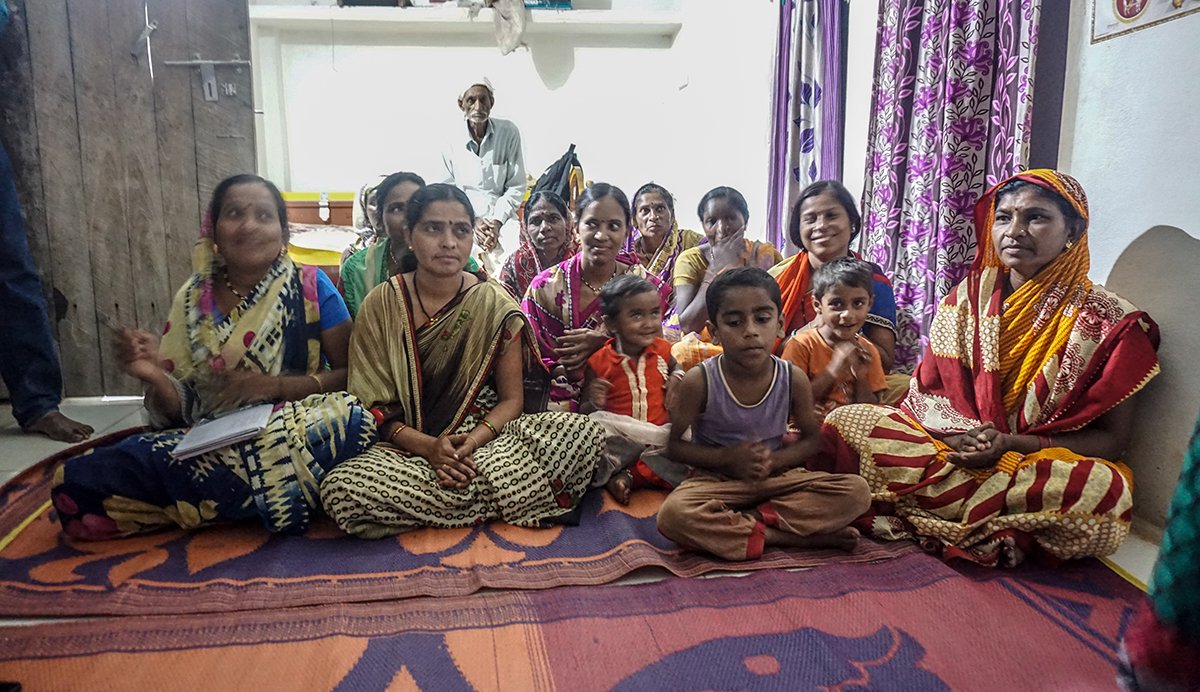Water Supply Chain Management for Cotton Farmers in Madhya Pradesh, India
Madhya Pradesh, India
Over the years, India has been grappling with intense and rapid depletion of groundwater driven by human-caused climate change and over-extraction. Agricultural practices include the unsustainable extraction of groundwater over long periods of time. While monsoonal rainfall contributes to groundwater recharge, water that seeps through the soil collects deep underground in the gaps between rocks and layers of porous rock, known as aquifers. The pumping out of this stored water lowers the water table. Unlike rivers or lakes, recharge of groundwater can take years. Water management policies and practices are therefore paramount to raise awareness about the issue and regulate utilization of water in different sectors.
Background of Project
Cotton farming is one of the principal occupations in Chhindwara, Madhya Pradesh. However, the region faces issues of water scarcity and inaccessibility, and the groundwater levels go as far below as 39 meters in some villages. The project has implemented a water budget to promote judicious utilization of water for humans, agriculture, and livestock.
The Project
A participatory water budget plan is being developed to improve watershed management in the Pandhurna block. This initiative is spread across over four villages. After the participatory water budgeting training & capacity building of the identified population, efficient water-use strategies in cotton farming, water harvesting and watershed infrastructure will be endorsed and sanctioned to improve the groundwater level in the region.
The Benefits
The Water Budgeting Plan promotes a collective movement towards sustainable judicious utilization of water for irrigation, domestic purposes and livestock – which when augmented with the recharging of the aquifers through rainfall and water harvesting units will improve the health of the water ecosystem in the region significantly. Recharged aquifers lead to direct economic benefits that the community derives, as well as enhanced health benefits of access to more water for drinking & sanitation in the region.








